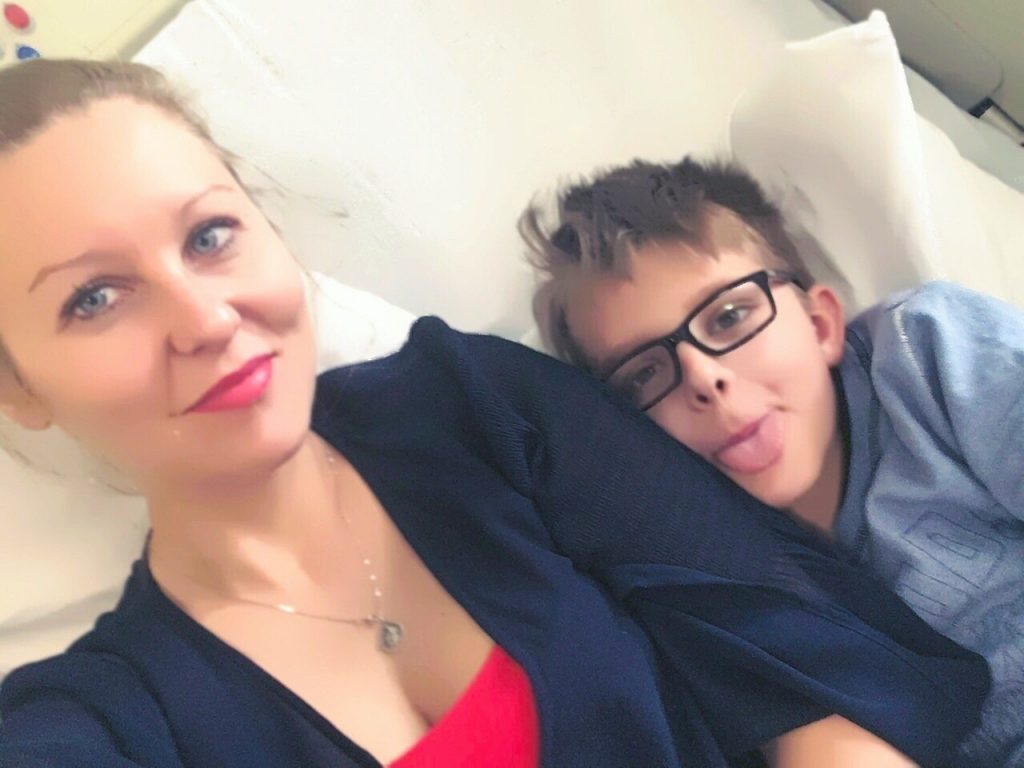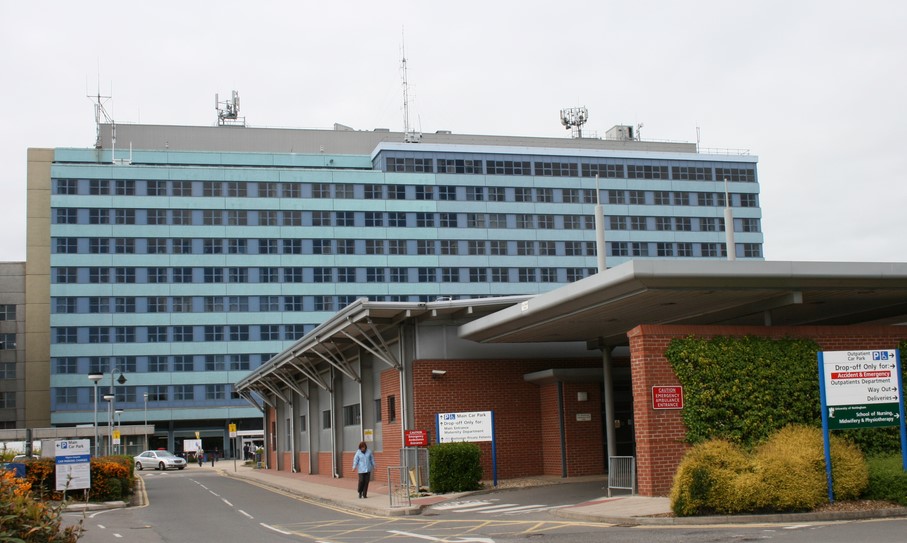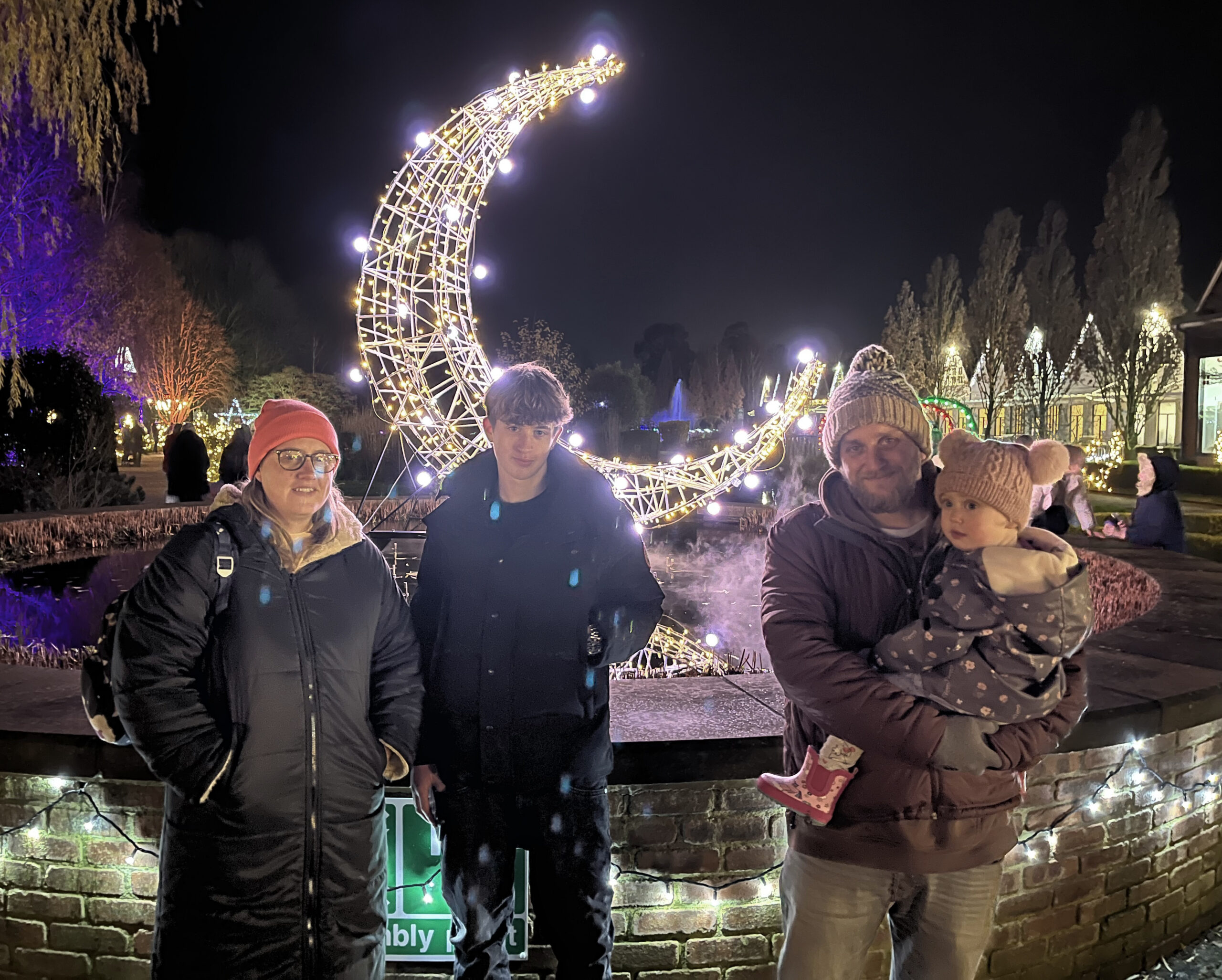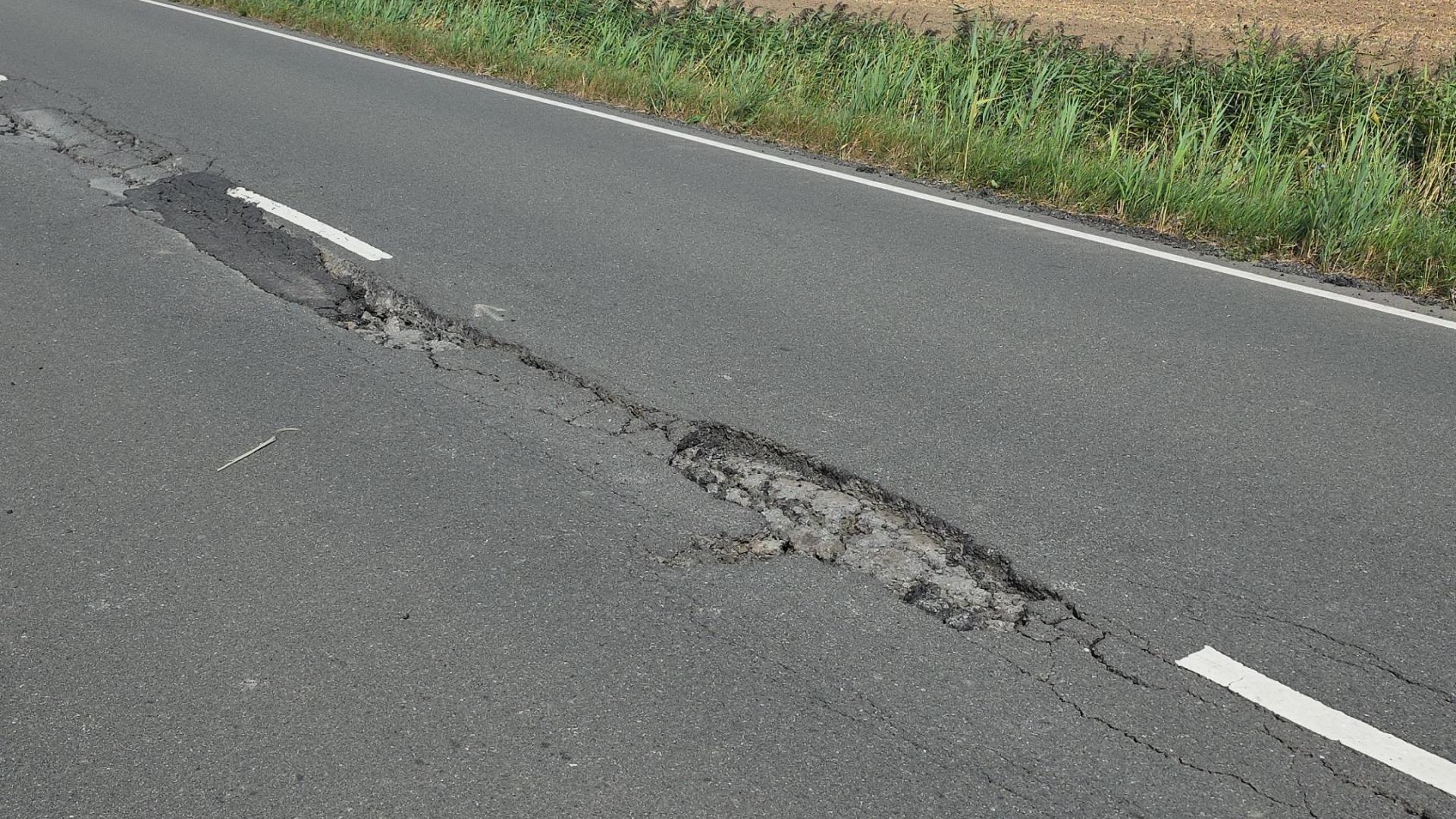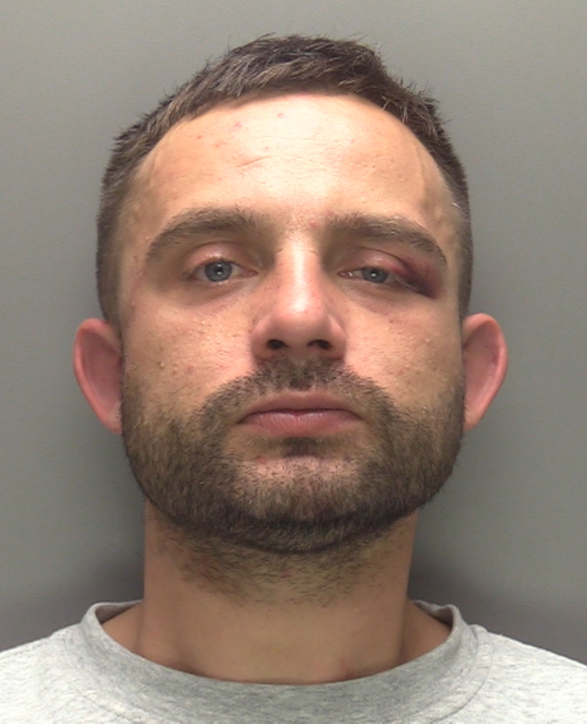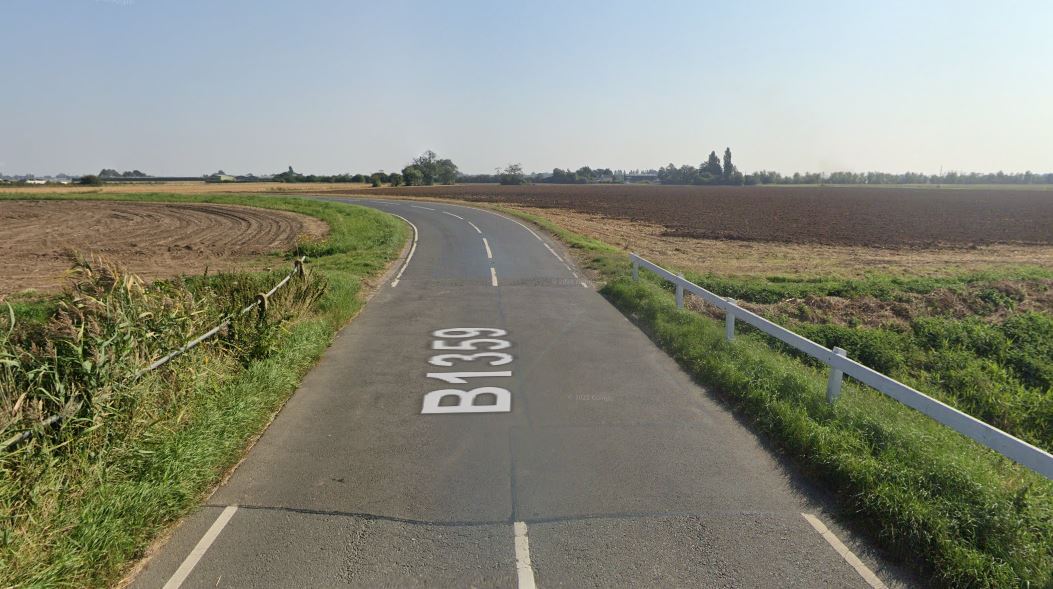A Gosberton mum is looking to raise awareness of a genetic disease, the late diagnosis of which she believes has resulted in her son needing three life-saving brain operations.
Daniel Barnes (11) has Neurofibromatosis Type 1 (known as NF1) which causes tumours to form on nerve tissue throughout the body.
Mum of five, Lisa Smith, took him to hospital concerned about skin discolouration soon after birth, but after checks was told it was birth marks and pigmentation that would go away.
She continued to worry given that Daniel’s mental and physical development was lagging and says one doctor told her she had “an anxiety problem” over it. She even moved counties twice to get help.
Aged six, Daniel was finally diagnosed with NF1. He was told his case was relatively mild but could change.

The danger of his situation was highlighted last year after Lisa begged a consultant to look at Daniel, and a pea sized lesion was found in his brain which was stopping cranial fluid from draining out of his brain and causing hydrophilic pressure attacks. This secondary condition is called Hydrocephalus and can be life-threatening.
Thanks to Lisa taking him to hospital when she did, emergency surgery was able to drain the fluid and relieve the pressure.
Daniel has since had two more serious pressure attacks leading to three brain operations in April including the insertion of shunts.
He is to undergo more MRI scans in August to see whether he needs chemotherapy as the lesions on his brain stem have increased.
Lisa has joined forces with the Childhood Tumour Trust to campaign for a page on NF1 to be included in the Red Book handed out for every newborn.
It would include a body map to keep a record of any marks on the body that might lead to earlier diagnosis of the disease and several other conditions as well as possibly helping identify abuse.
The Childhood Tumour Trust says having six of the marks mean the child has a 95 per cent chance of having NF1.
Lisa has asked local MP John Hayes to get behind the campaign.
She said: “In many cases, NF1 is visually detectable and can be diagnosed in the early years of life due to the typical light brown markings on the skin.
“However there are too many children being mis- or undiagnosed due to lack of diagnostic education for health care professionals.
“My story is not unique but I am campaigning with the Childhood Tumour Trust to correct this huge gap, and make a difference going forward.
“Daniel’s development was very delayed in all areas. Every time I saw a health care professional I was told ‘boys are always lazy’. No GP would refer me to a paediatrician.
“Daniel finally got his diagnosis at six. We had six years of frustration, worry, heartache, anxiety and feeling helpless.”
Lisa and husband James are helping Daniel have as normal a life as possible.
After eight weeks off school and the effects of surgery and memory loss, Daniel is gradually returning to school at Gosberton House Academy.
Lisa said: “He is still recovering but wants to help me campaign. He really does have a heart of gold and after weeks at Nottingham Queen’s Hospital, we are ready to make a difference.
“Had those initial ‘birth marks’ been correctly diagnosed as NF1 café au lait spots, perhaps Daniel ending up in critical condition would not have happened. He could have had more monitoring or the MRIs could have started sooner.
“Daniel is happy, kind, thoughtful and positive and we’re so proud of him.”

